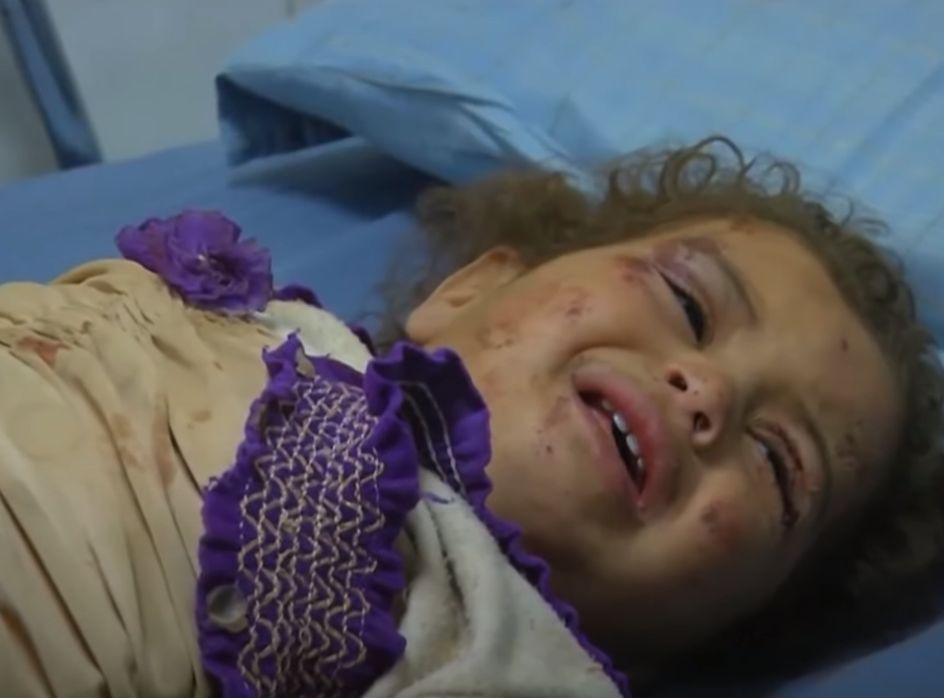Yemen suffers from a long-running civil war. Several hostile groups are involved there, such as a local branch of Al Qaeda, enemy tribes and related parts of the army (supporters of the country’s former president), and military intervention units led by Saudi Arabia. The fighting has flared up with new tenacity since 2015 and has not stopped to this day.
Humanitarian effects of fighting
As a result of the military conflict and the foreign blockade of Yemen, several waves of famine and cholera hit the country in the last few years. International sources have stated that more than a million people have contracted cholera in the country. The UN says 85,000 children died of malnutrition in Yemen between 2015 and 2018, with one child dying of malnutrition-related problems every 5 minutes.
International NGOs, such as the World Food Program (WFP), are trying to send humanitarian aid to Yemen, distributed through a network of clinics, but does not reach all those needed. The UN estimates that 10 million people (out of 30 million population) in the country are at risk of starvation. Almost 80 per cent of the country’s population is dependent on humanitarian aid. However, because most of the country’s most affected part (so-called Northern Yemen) is controlled, at least in part, by Shiite separatist insurgents, some countries, such as the United States, have suspended their aid to NGOs. As a result, WFP has been forced to halve the supply of humanitarian aid to these areas.
However, the Yemeni conflict is just one scene of a more comprehensive power struggle for supremacy in the Middle East between Sunni Saudi Arabia and Shiite Iran, which the West suspects of expansionism. Maybe that’s why the West’s turning a blind eye to the situation in Yemen.
Source: globalissues.org/news/2021/05/12/27815
Featured picture: screenshot from rescue.org/video/go-inside-hospital-yemen, Guardian News

















